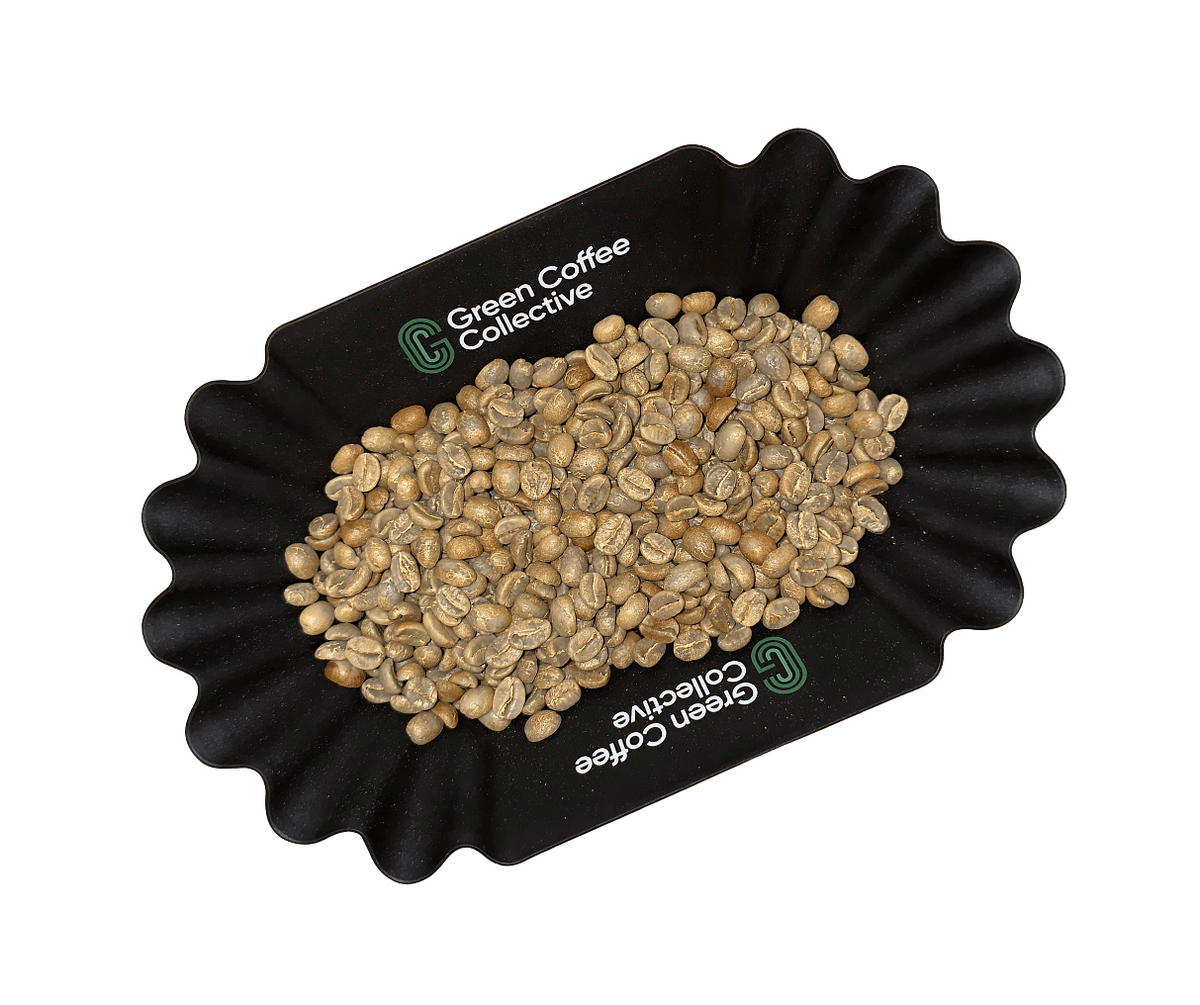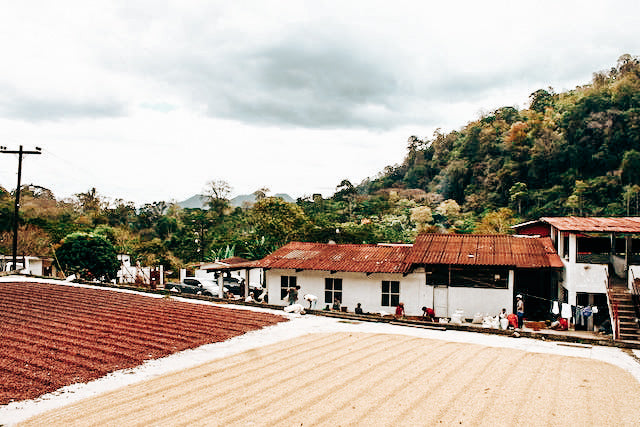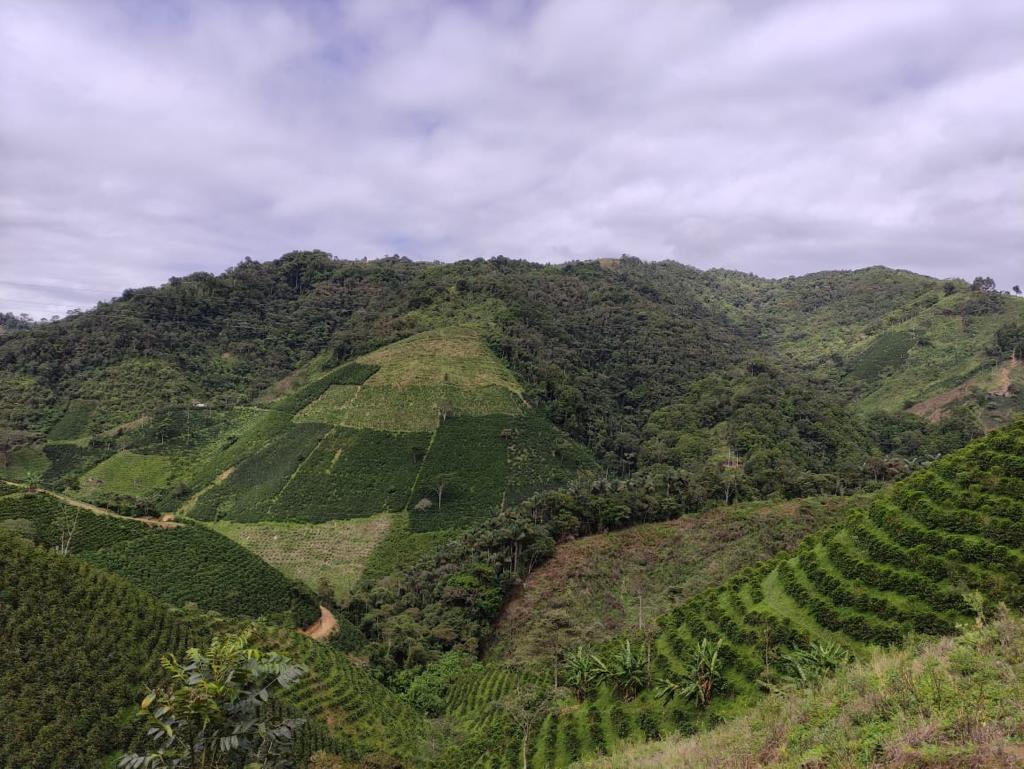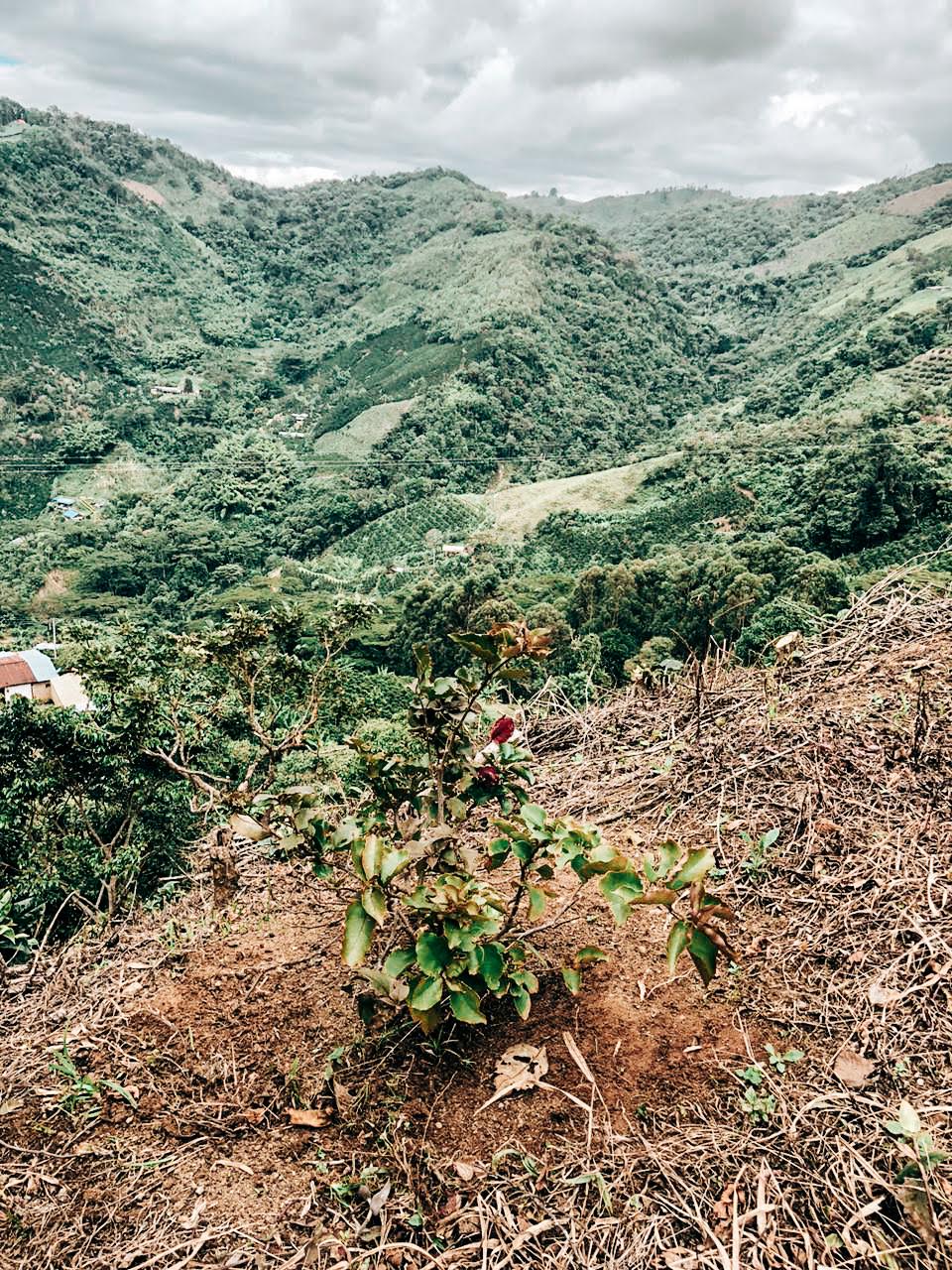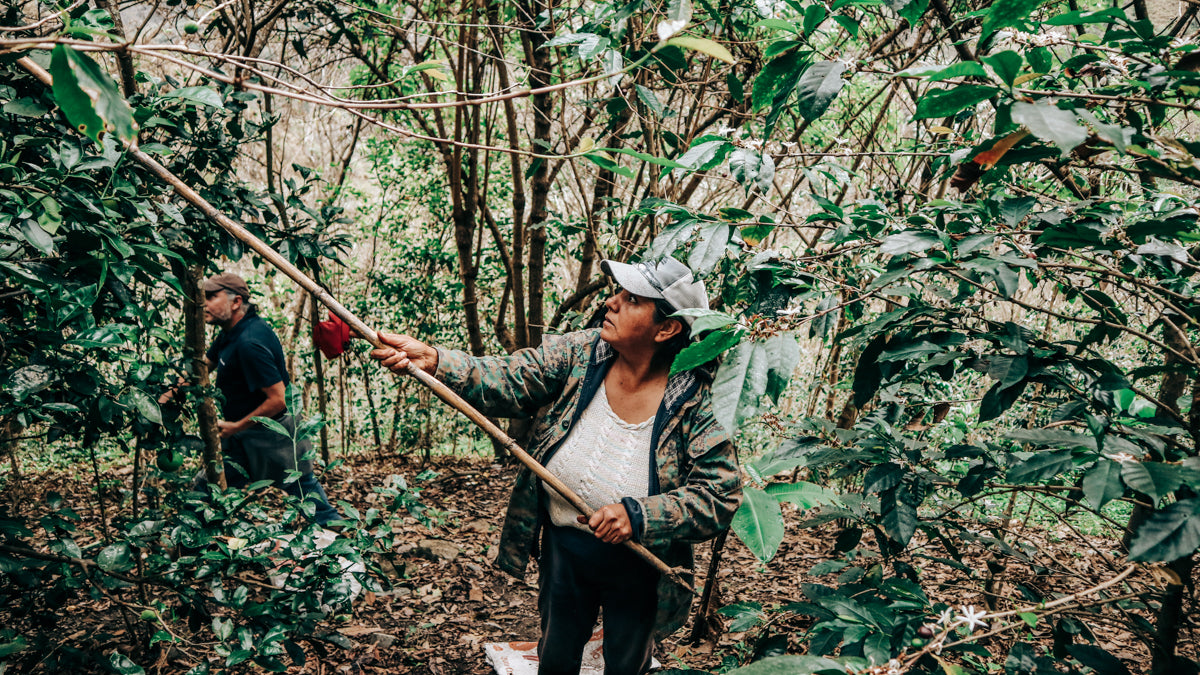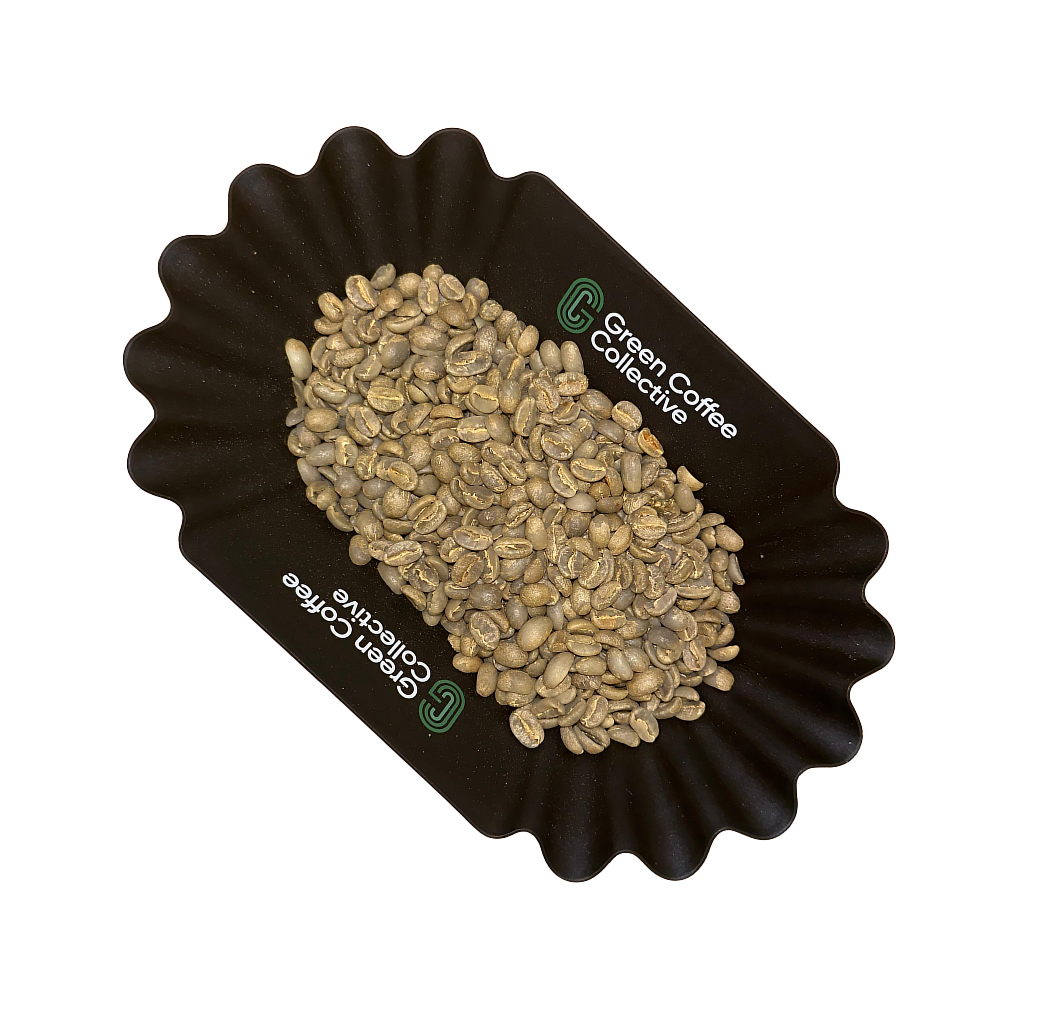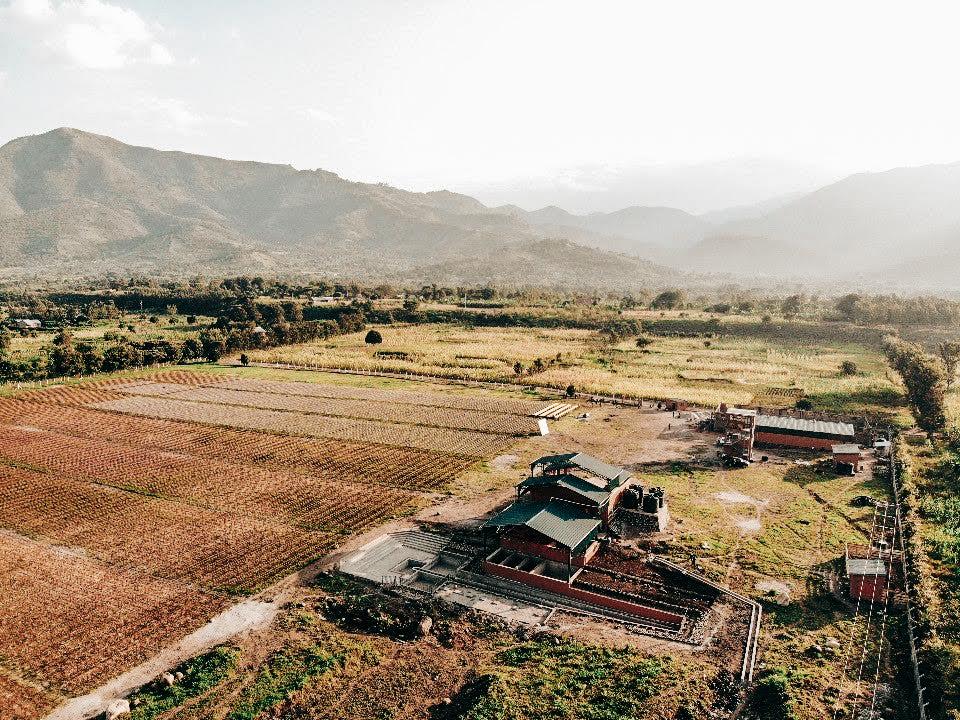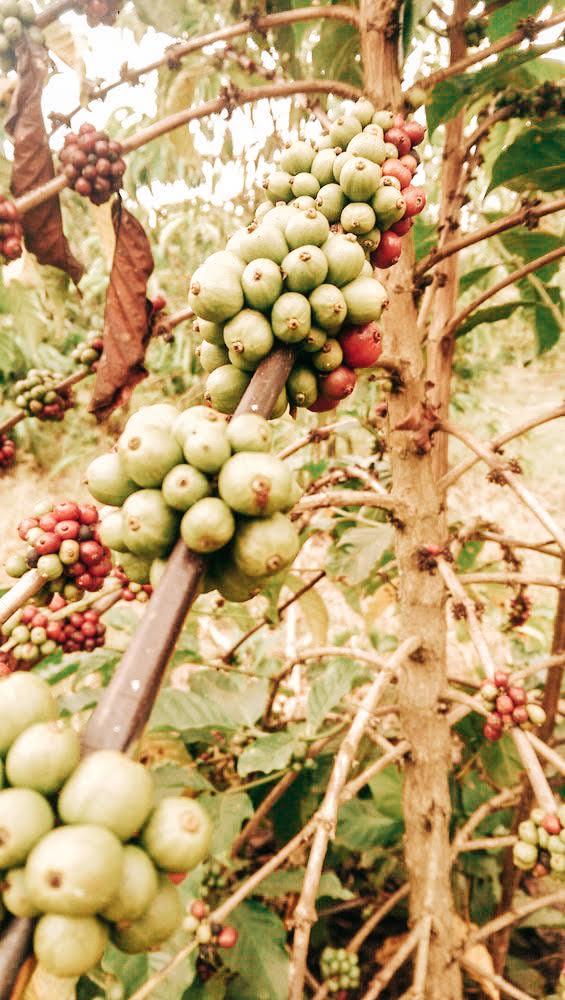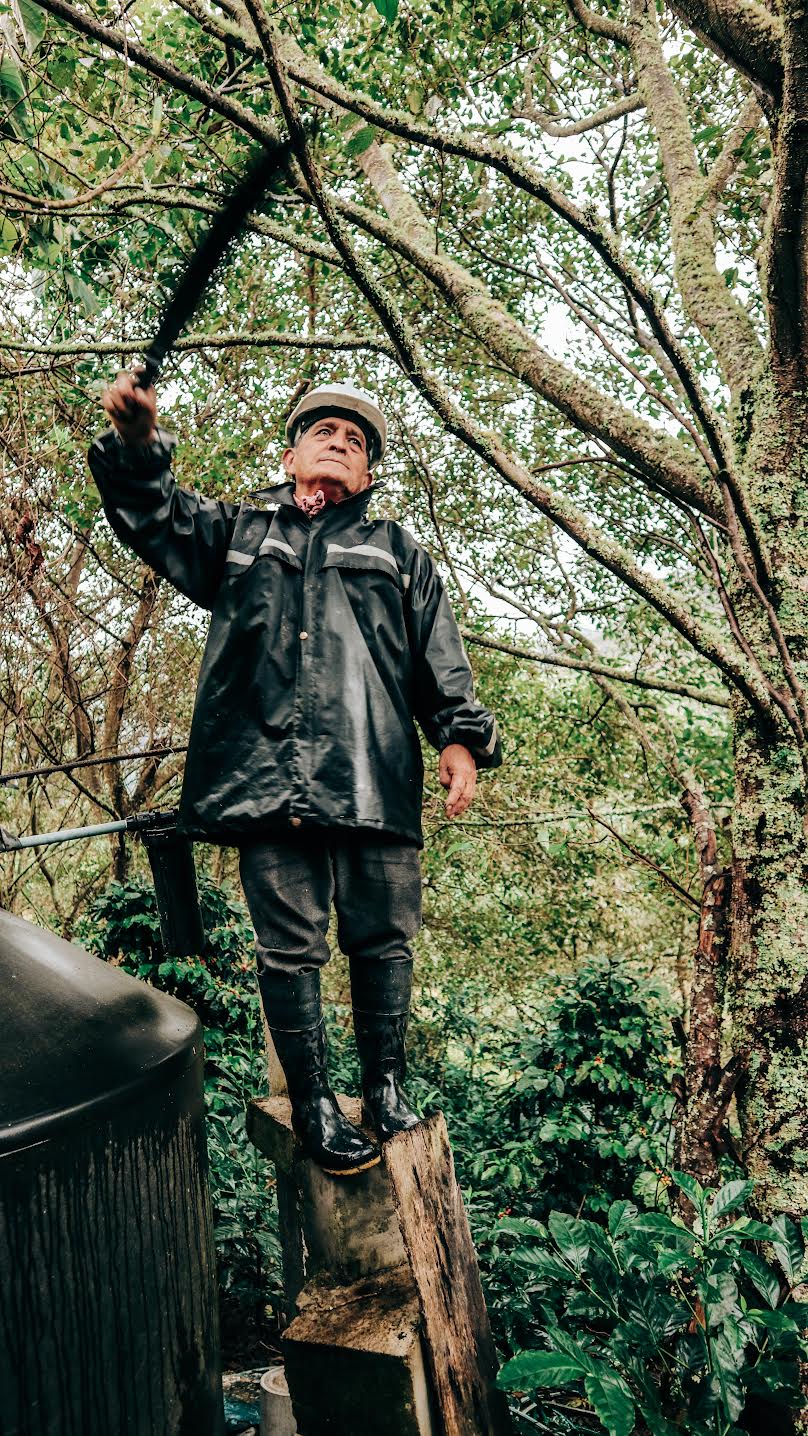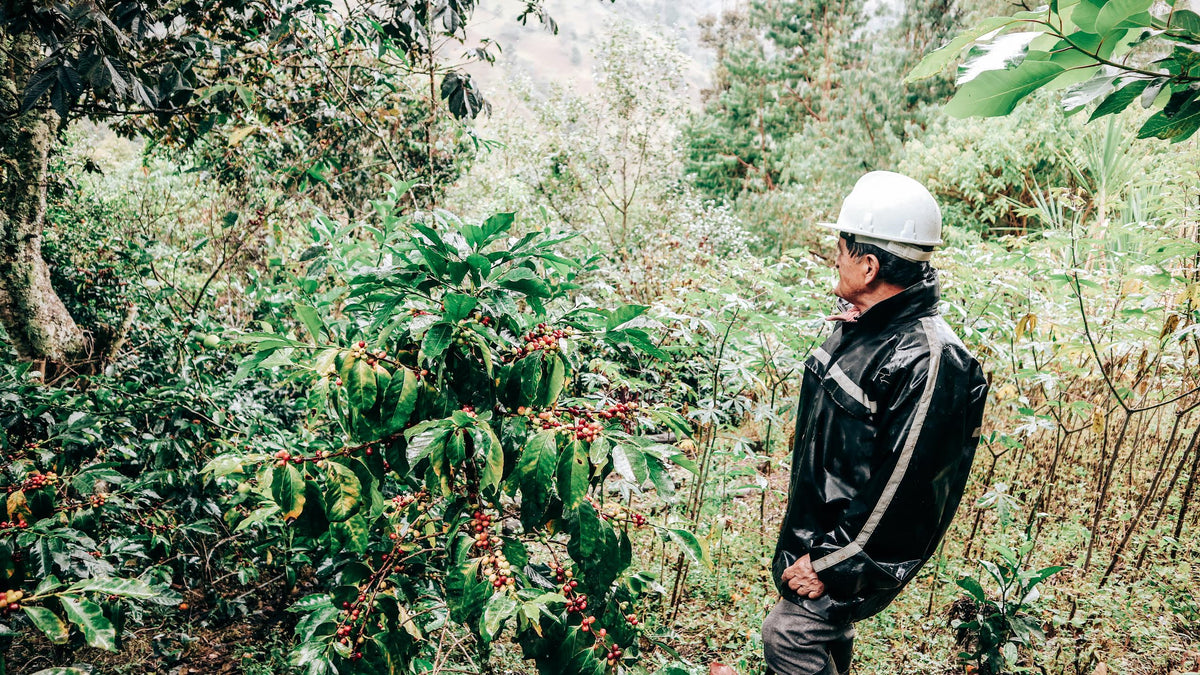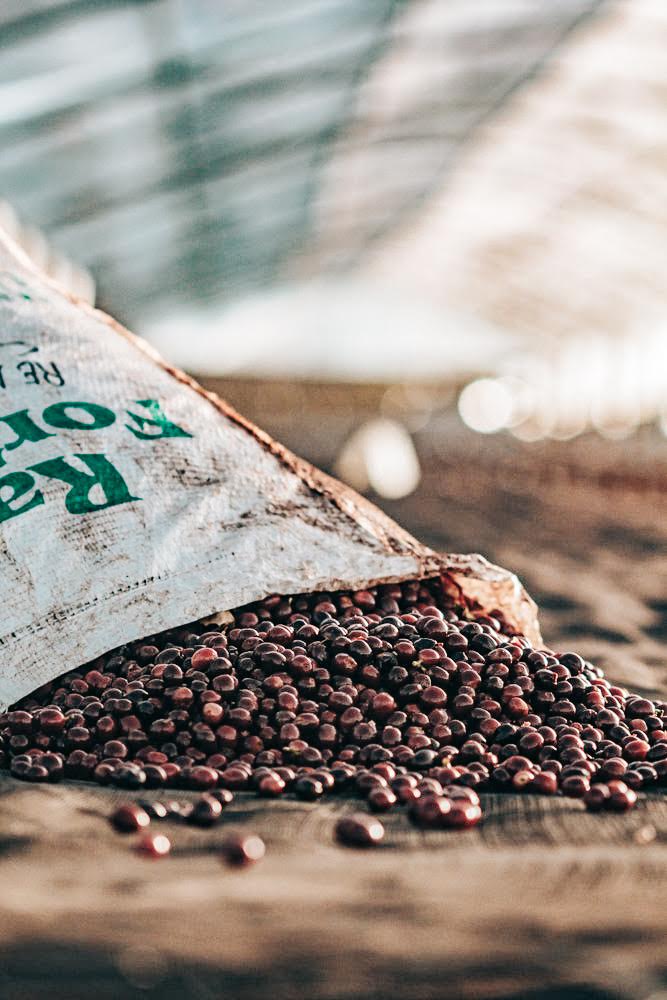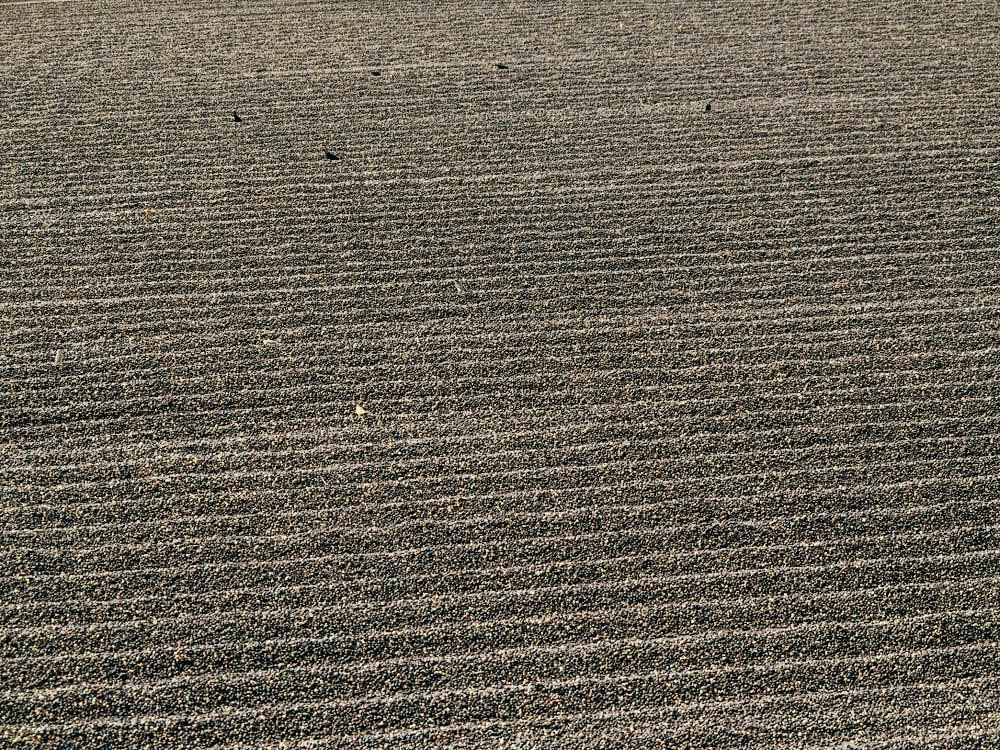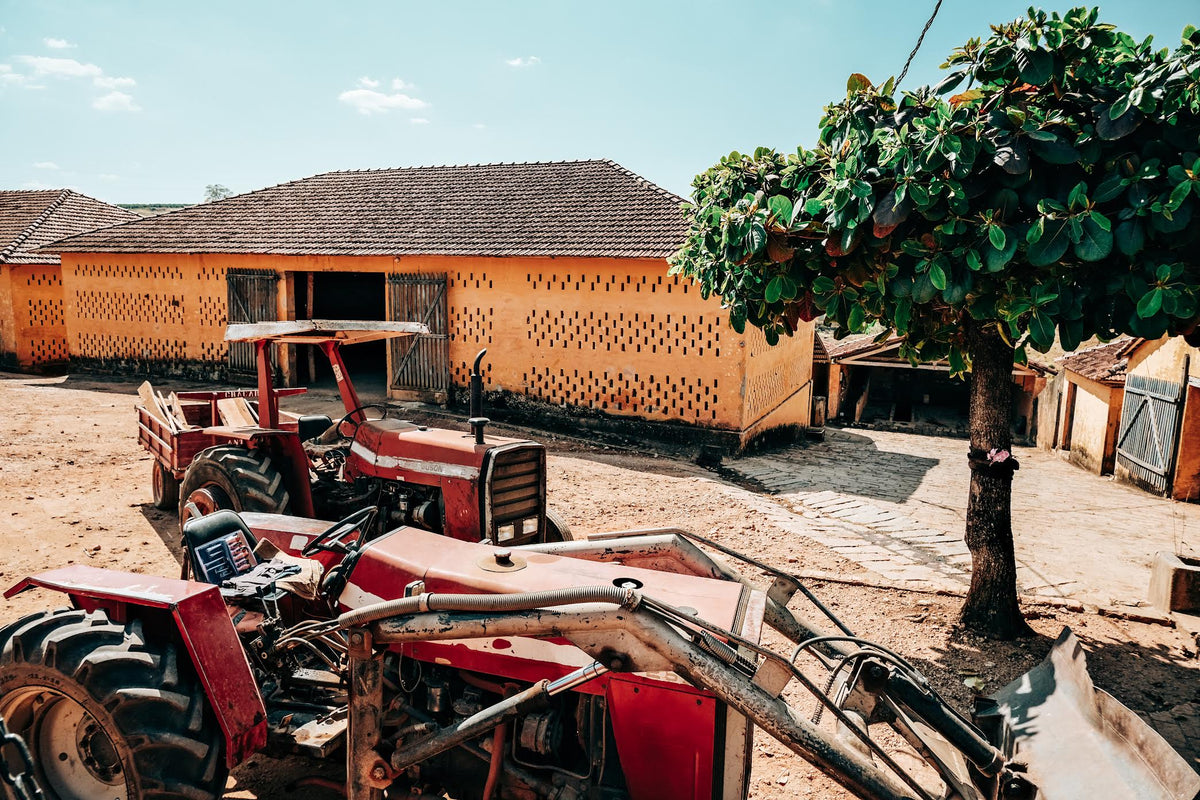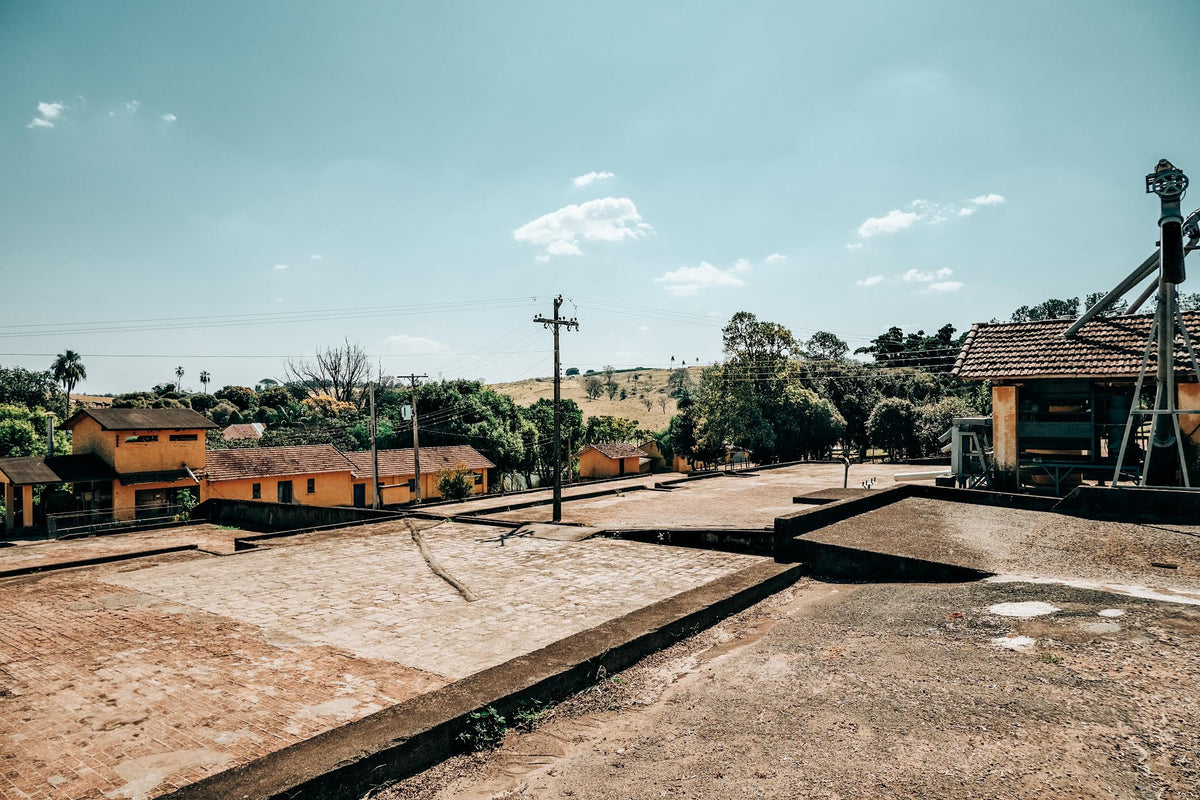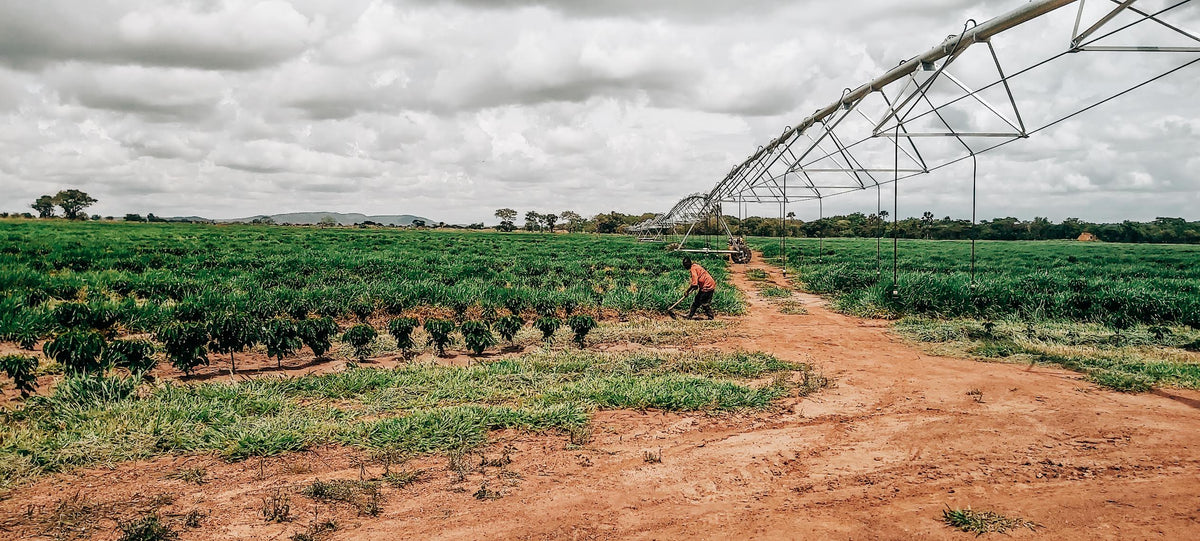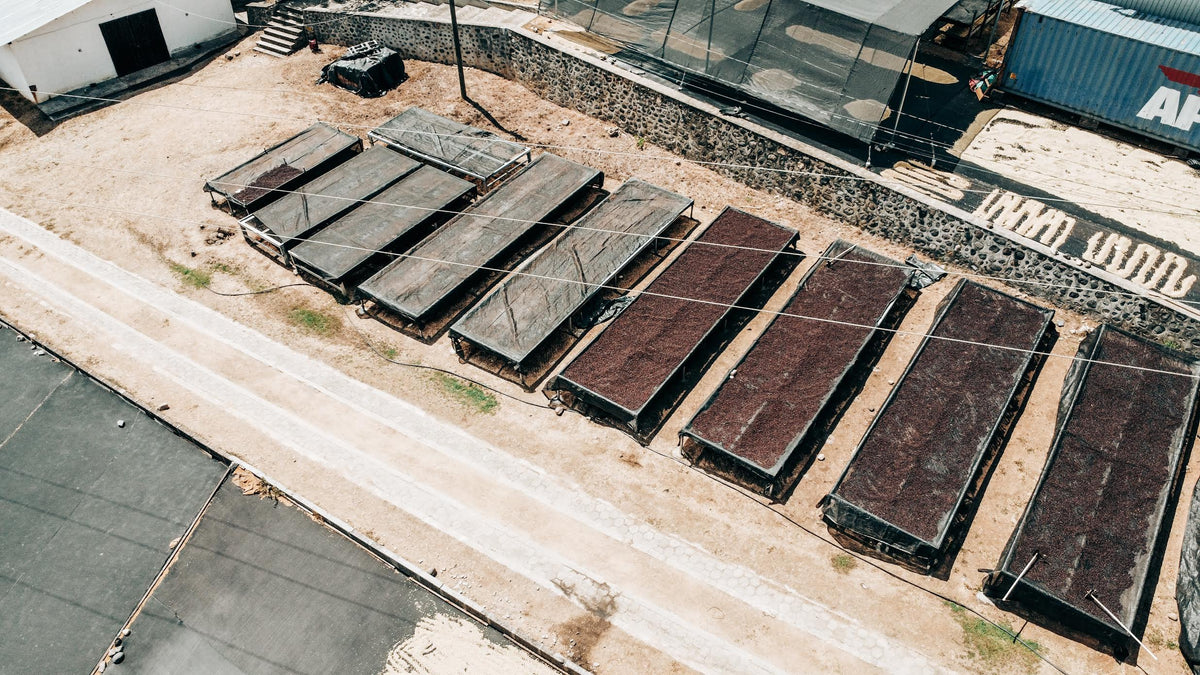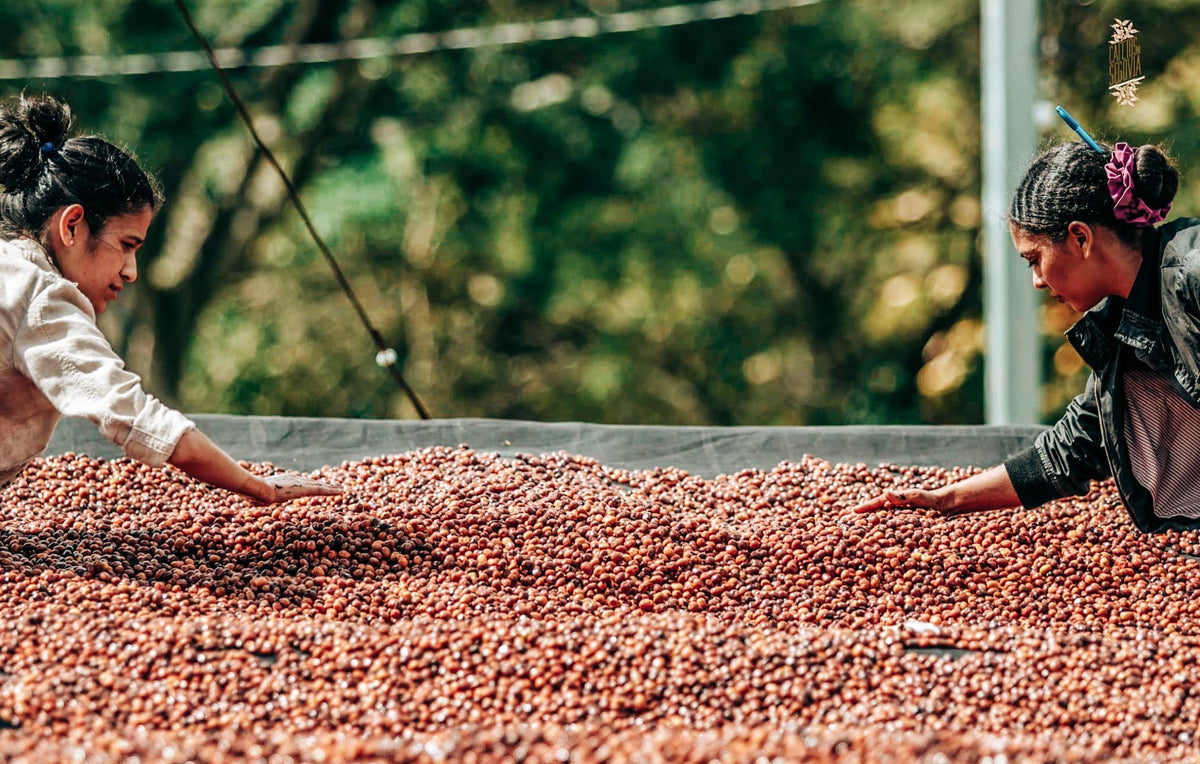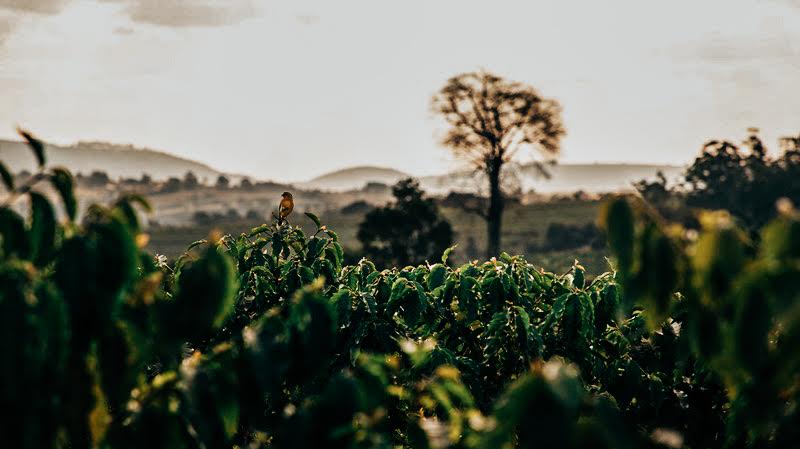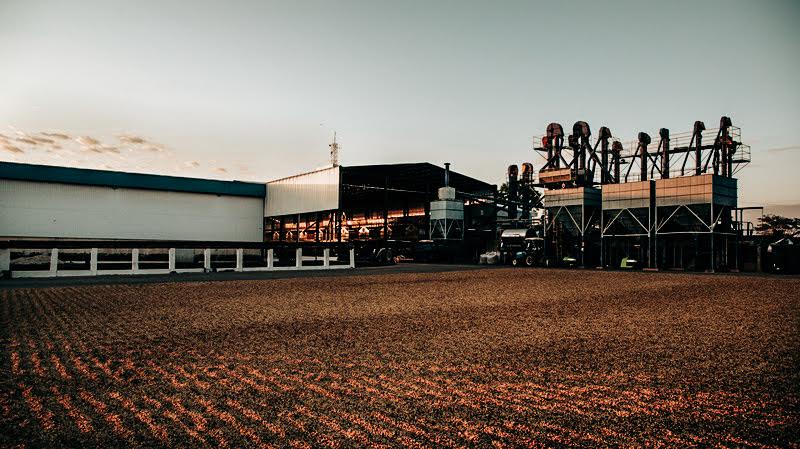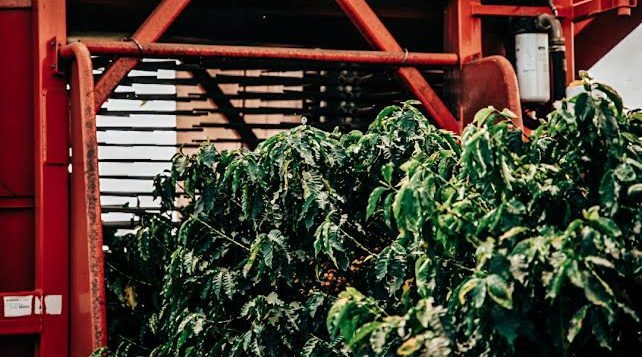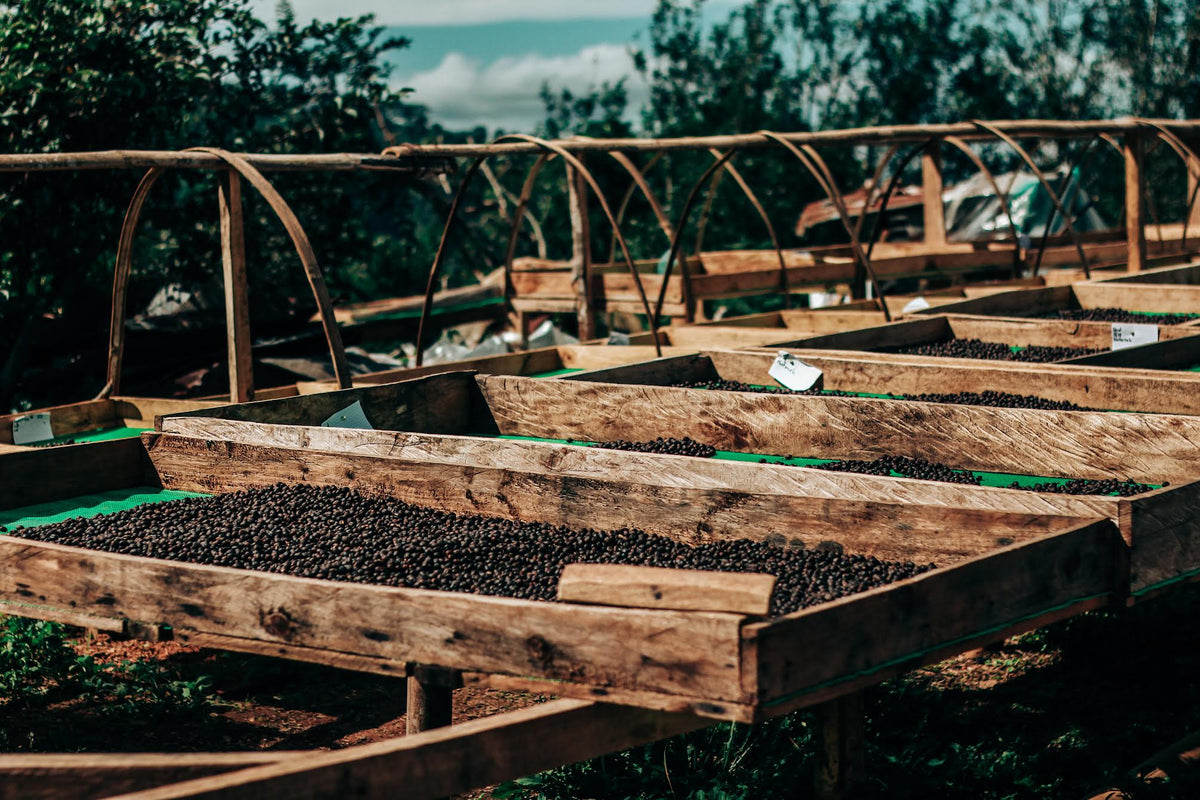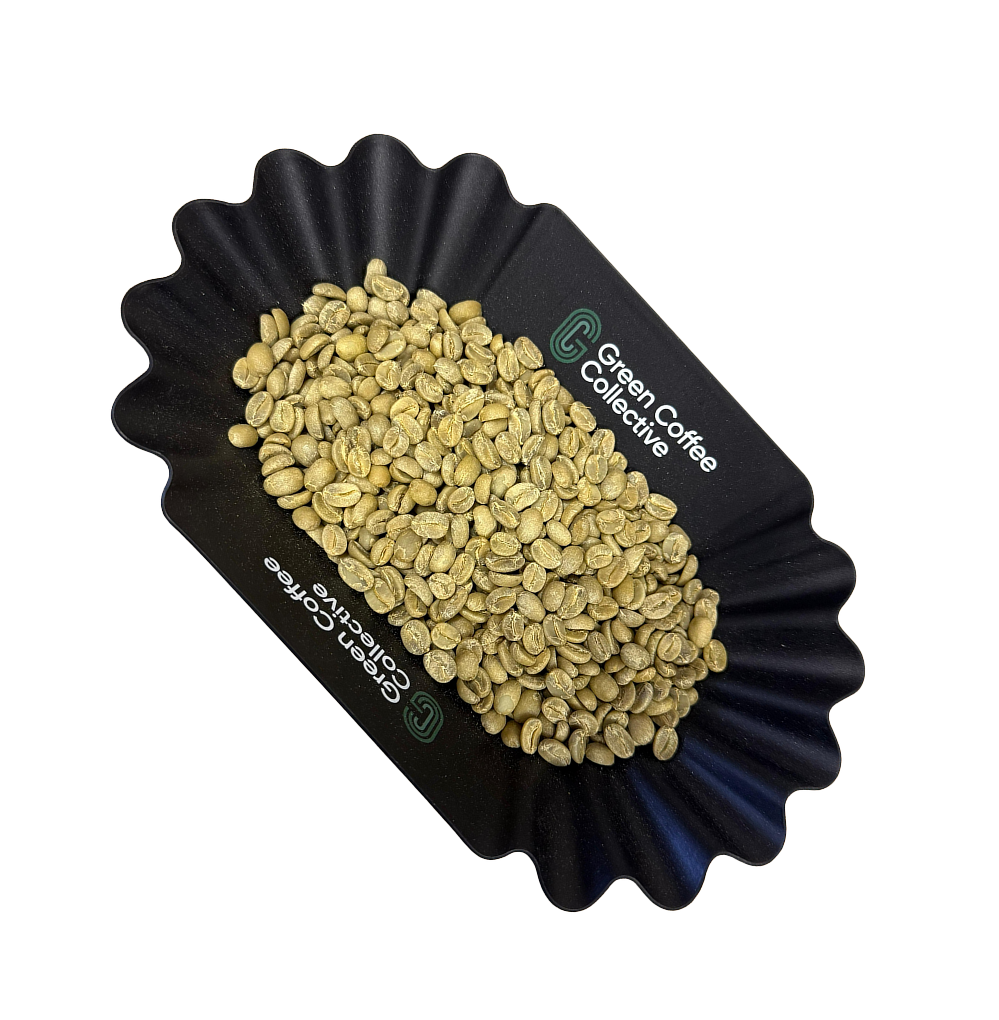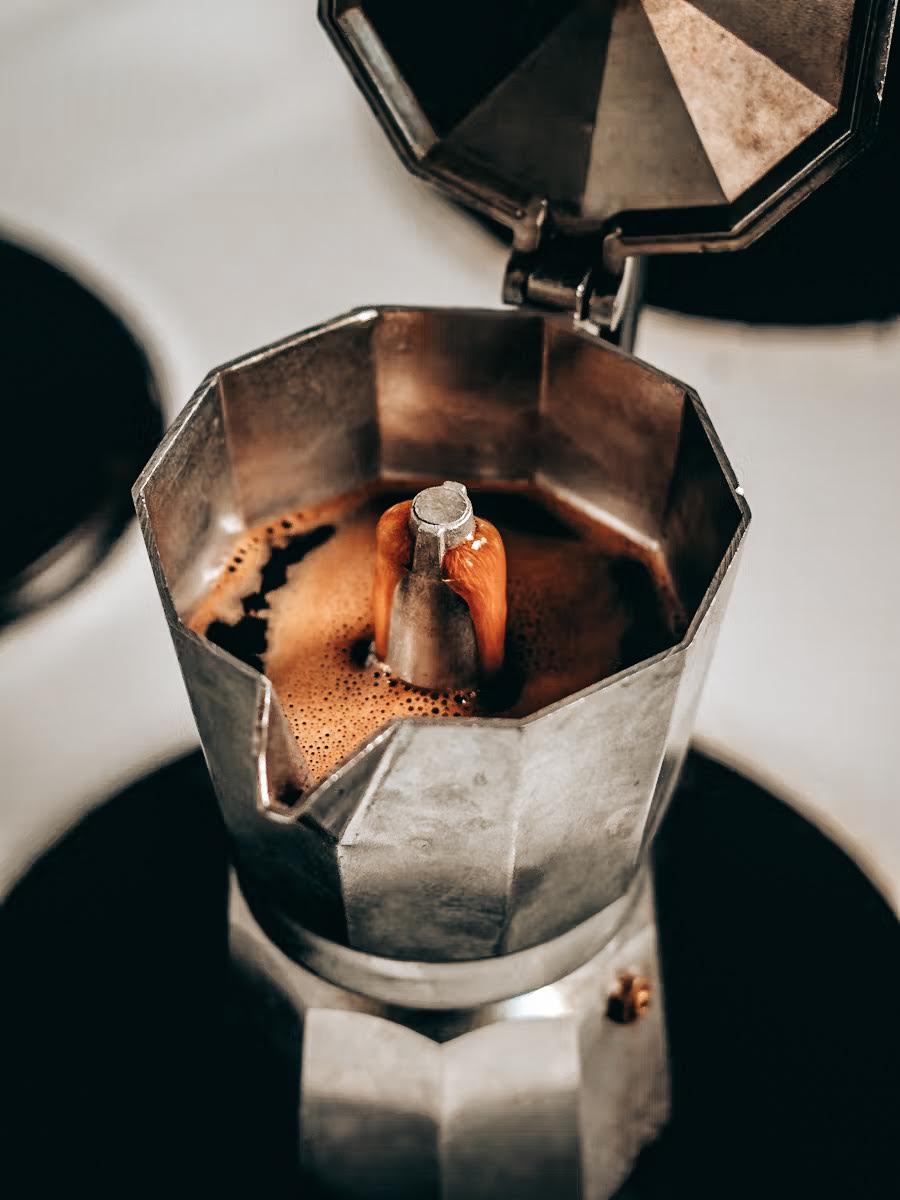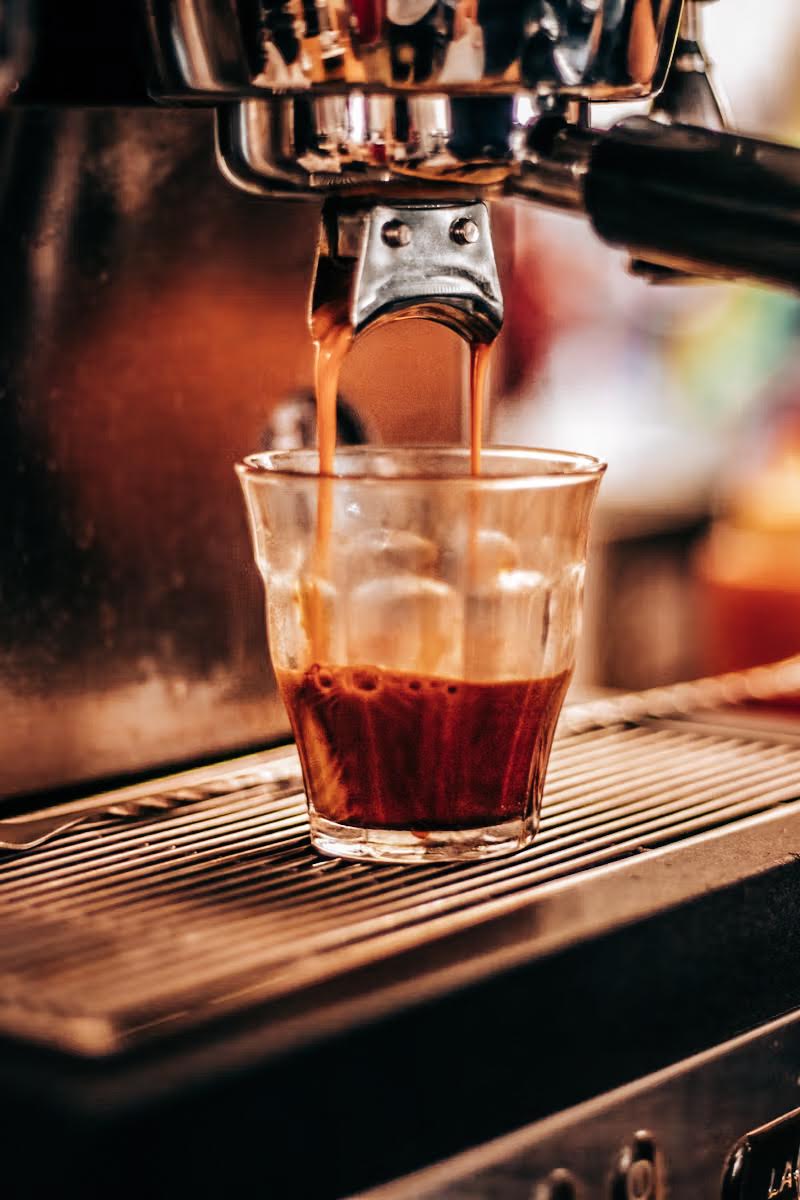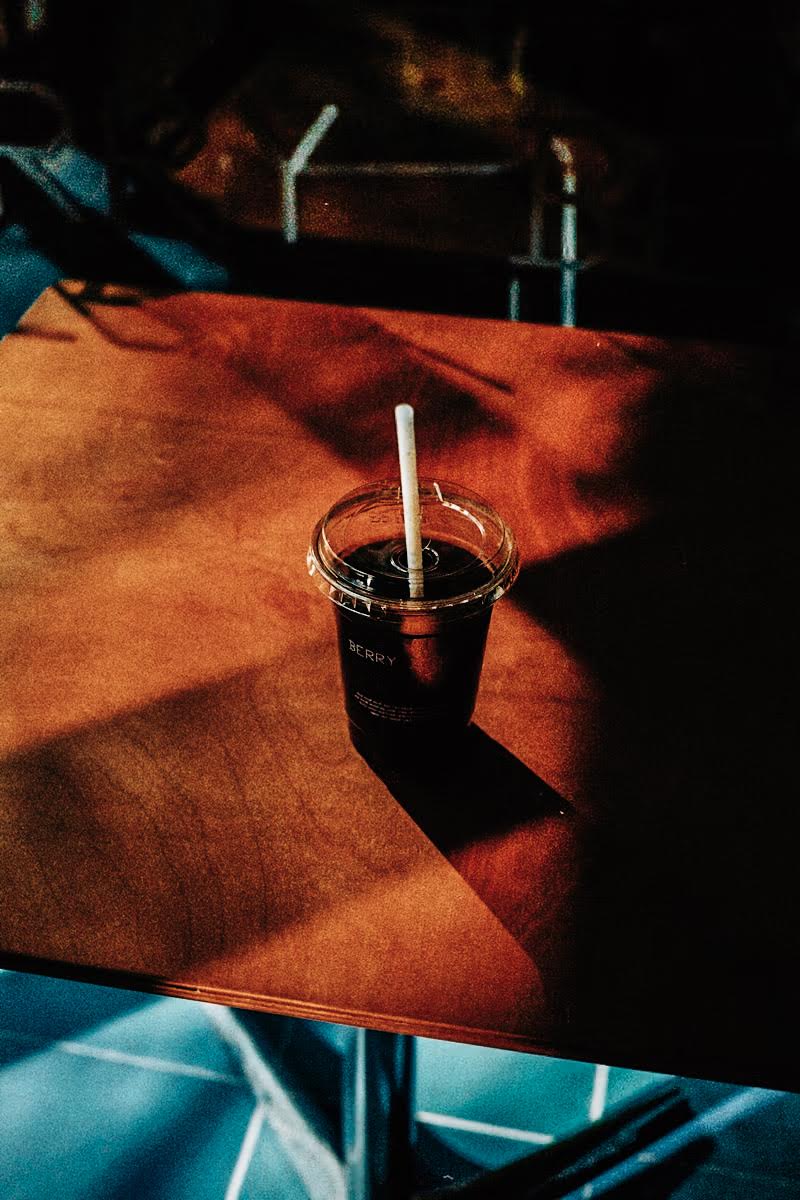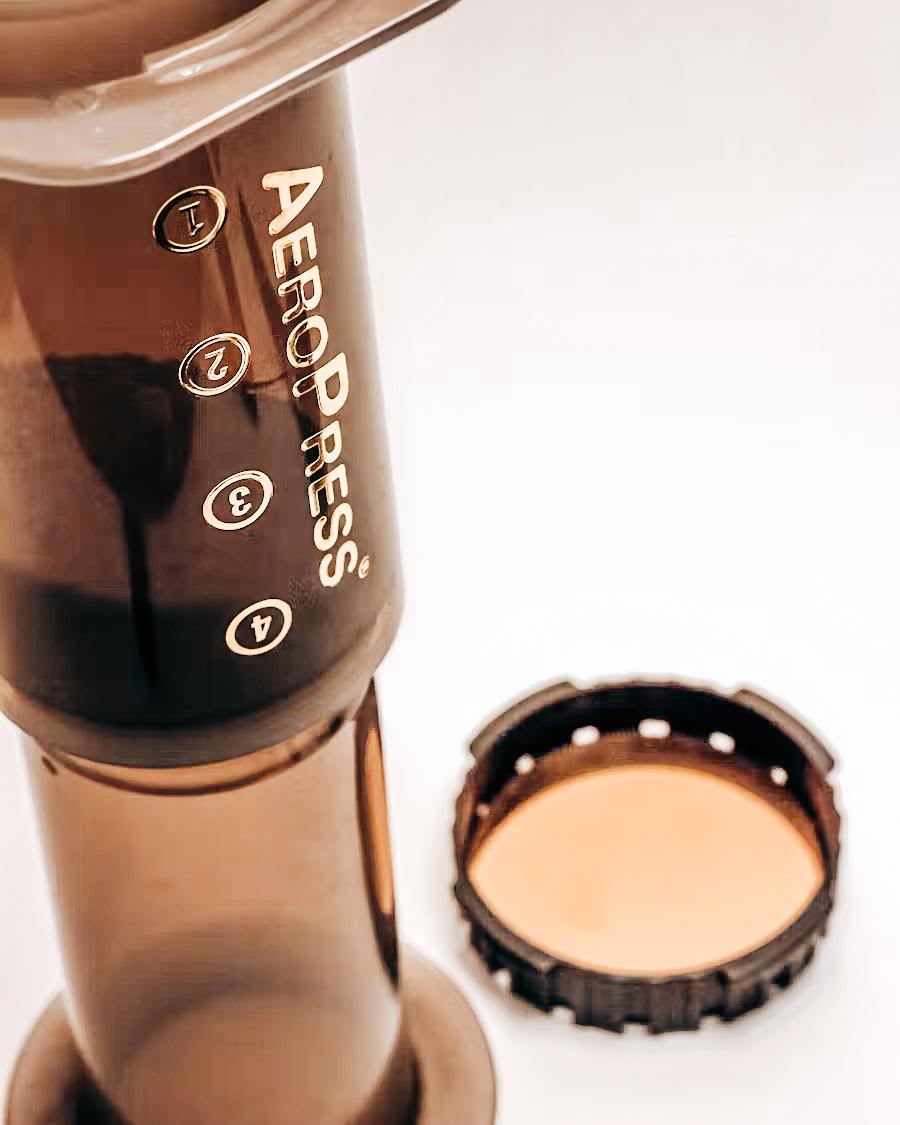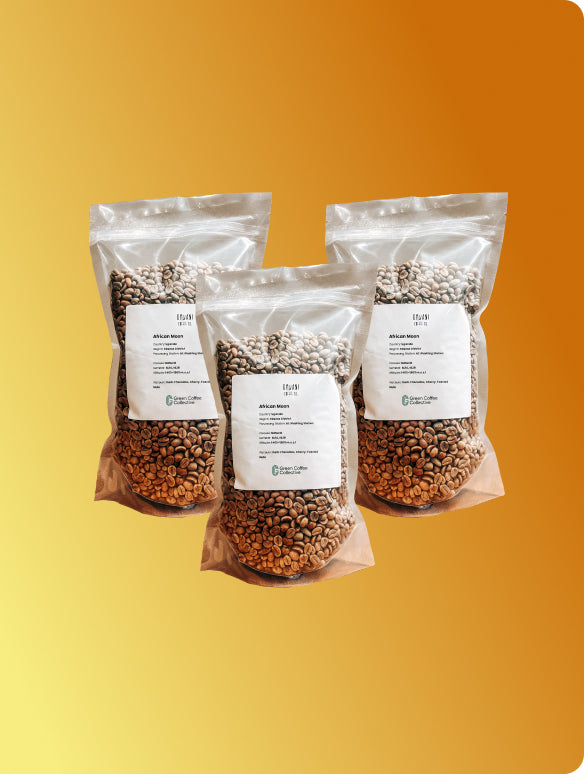
Green Coffee for Mild Filter Brewing
Designed for those who prefer a smoother cup, these green coffees roast well for mild filter brews. They’re lower in acidity, easy to balance, and offer a more traditional expression of flavour - the kind of coffee that feels familiar, comforting, and quietly satisfying. If you're after subtle sweetness over fruit intensity, this is a good place to start.
-
Hermanos Aguilera Yellow Honey San Roque
Cupping Score86.75Processing methodVarietalSan RoqueMain flavour notesJasmine | Brown Sugar | Dark ChocolateOut of Stock -
Washed Honduras SHG EP
Cupping Score82.75Processing methodVarietalMultipleMain flavour notesChocolate | Nougat | Brown Sugar | NutOut of Stock -
Johan Vergara | Java
Cupping Score85.0Processing methodVarietalJavaMain flavour notesChocolate | Roasted Almonds | Red BerriesOut of Stock -
Timaná Community - Washed Castillo
Cupping Score84.0Processing methodVarietalCastilloMain flavour notesLight Caramel, Toffee, Orange, WalnutOut of Stock -
Gladys Erazo - Red Bourbon
Cupping Score87.0Processing methodVarietalRed BourbonMain flavour notesDulce de leche | Floral | PistachioOut of Stock -
Uganda Bugisu AA Fully Washed RA
Cupping Score84.5Processing methodVarietalBourbon , SL 28Main flavour notesLemon | Black Tea | Brown Sugar | SweetOut of Stock -
MK03 Fulvio Salinas Field Blend Washed
Cupping Score86.0Processing methodVarietalTypica , San SalvadorMain flavour notesPanela | Milk Chocolate | Spiced | Slight FloralLow Stock -
Brazil Natural Scr. 16/18 Fine Cup
Cupping Score80.25Processing methodVarietalBourbon , Catimor , Catuai , Caturra , Mundo NovoMain flavour notesNut | Earthy | CedarOut of Stock -
Organic Tolima
Cupping Score84.25Processing methodVarietalMultipleMain flavour notesChocolate | Panela | Caramel | BerriesOut of Stock -
Natural Andrea Costa
Cupping Score84.5Processing methodVarietalRed CatuaiMain flavour notesToffee | Chocolate Orange | Plum Jam | CashewOut of Stock -
Marsellesa E
Cupping Score84.0Processing methodVarietalMarsellesaMain flavour notesHazelnut | Dark Chocolate | WalnutOut of Stock -
Bethania Hortensia - Washed Catuai
Cupping Score85.5Processing methodVarietalCatuaiMain flavour notesVelvety | Berries | CacaoIn Stock+55kg left -
Cumbre Washed Regional
Cupping Score82.0Processing methodVarietalCatuai , CaturraMain flavour notesNutty | ChocolateIn Stock+60kg left -
Manoso Honey Peaberry
Cupping Score86.0Processing methodVarietalMundo Novo PeaberryMain flavour notesBrown Butter | Caramelised Nuts | Apple TurnoverOut of Stock -
Ciasu Peaberry Field Blend
Cupping Score85.0Processing methodVarietalCatucai , Mundo Novo , AcaiáMain flavour notesOrange | Molasses | Juicy | NegroniIn Stock+130kg left -
KA-SB-23 - Washed Garnica - Kalsada Sitio Belis
Cupping Score84.75Processing methodVarietalGarnicaMain flavour notesCalamansi | Green Apples | Milk ChocolateIn Stock+25kg left -
Rancho Morelia 2025
Cupping Score85.0Processing methodVarietalBourbon , Typica , CatimorMain flavour notesMaple Syrup | Cocoa | Orange | BergamotIn Stock+50kg left
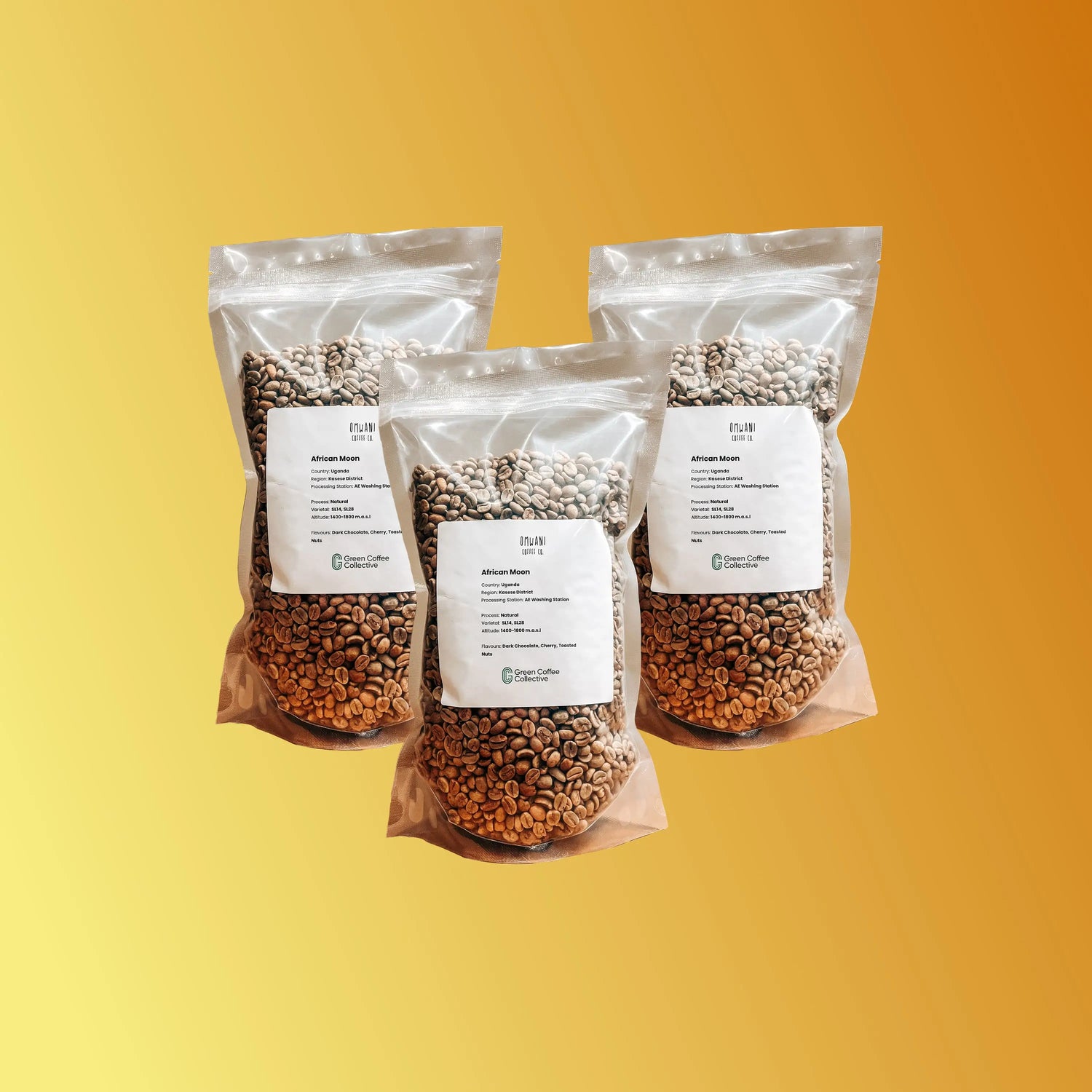
Your guide to Green Coffee for Mild Filter Brewing
-
What makes a coffee mild when brewed as a filter?
-
What roast level suits a mild filter coffee best?
-
Is mild the same as lacking flavour?
-
Perfect Green Coffee Beans for Mild filter brewing
-
Understanding Mild Filter Brewing & Bean Suitability
-
What to Look for in Green Coffee Beans for Mild Filter Brewing
-
Key Characteristics of Ideal Beans for Mild Filter Brewing
-
Conclusion

